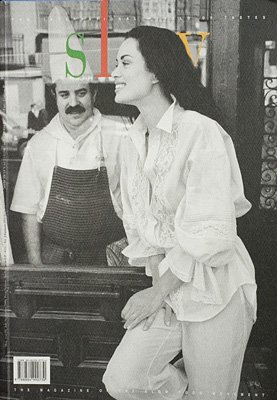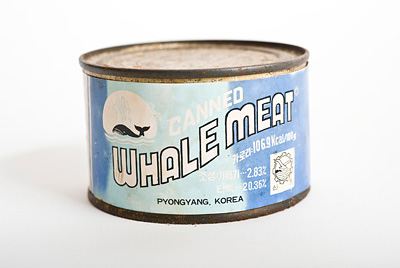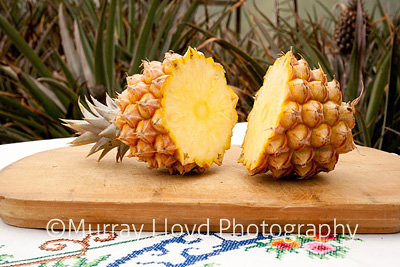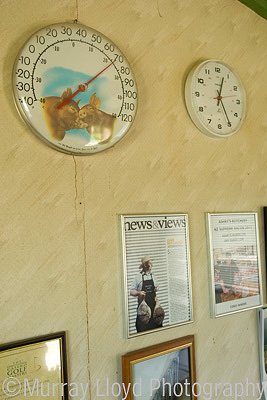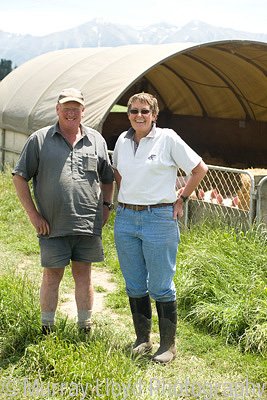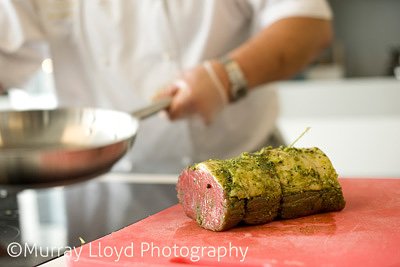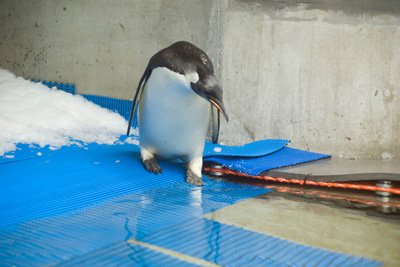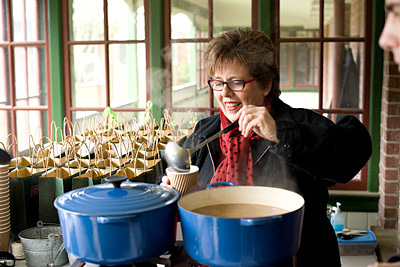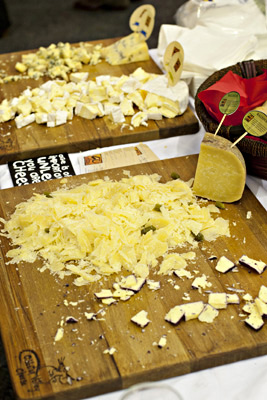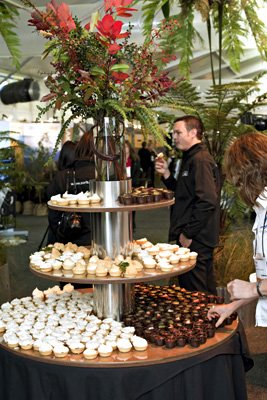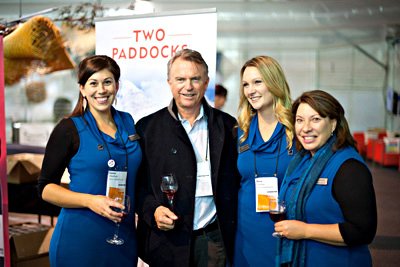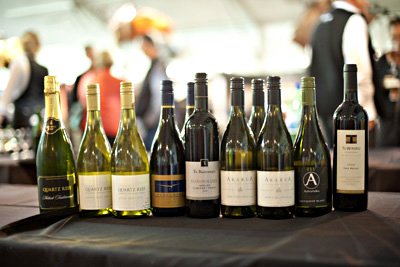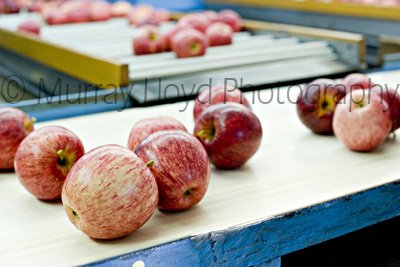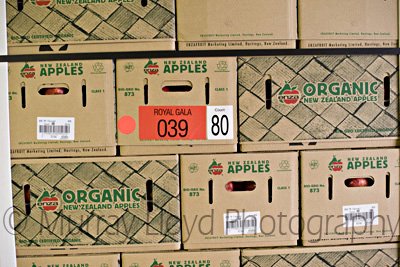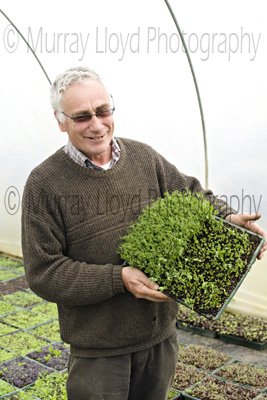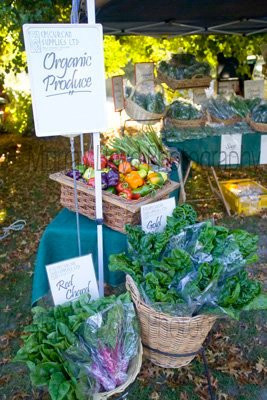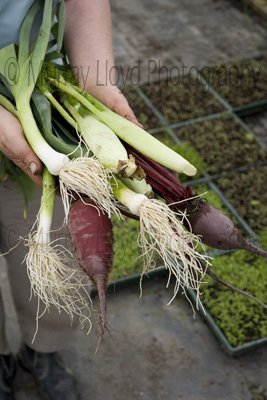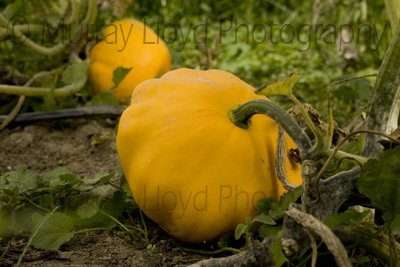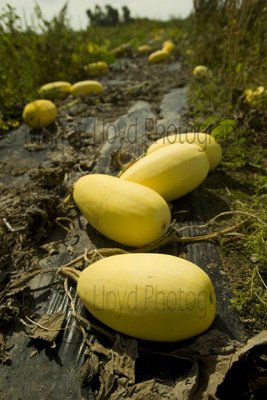Slow, the food magazine published by the Slow Food Movement from 1998 through to 2007 is the most fabulous magazine I have ever laid my hands on.
It has a most tactile feel (pages are Bioprima Book Paper), the covers (Fabria card from the Miliani Fabriano Mills) are beautifully designed and the use of photography is extraordinary.
It is the only time I have seen elephant hunting in colour paired up with black and white photographs of breast-feeding mothers. To top that off the magazine is full of Magnum photography from practitioners as diverse as Henri Cartier Bresson, Chris Steel Perkins and Gueorgui Pinkhassov. If you can track a copy down great – I have been lucky to have loaned a few copies from a friend.
The Elephant hunting story is illustrated with photos by Magnum photographers Martine Franck, Dennis Stock and also by Eugene Richards a past member of Magnum. Issue No. 46 has a funny photograph by Magnum photographer Chein Chi Chang and another amusing photo by Ferdinando Scianna of a bar scene in Miami, Florida. On a more sombre note issue No. 50 has a striking image taken at the Tokyo Fish Market by Bruno Barbey.
The magazine may have ceased but at least the Slow Food Movement is still going.
